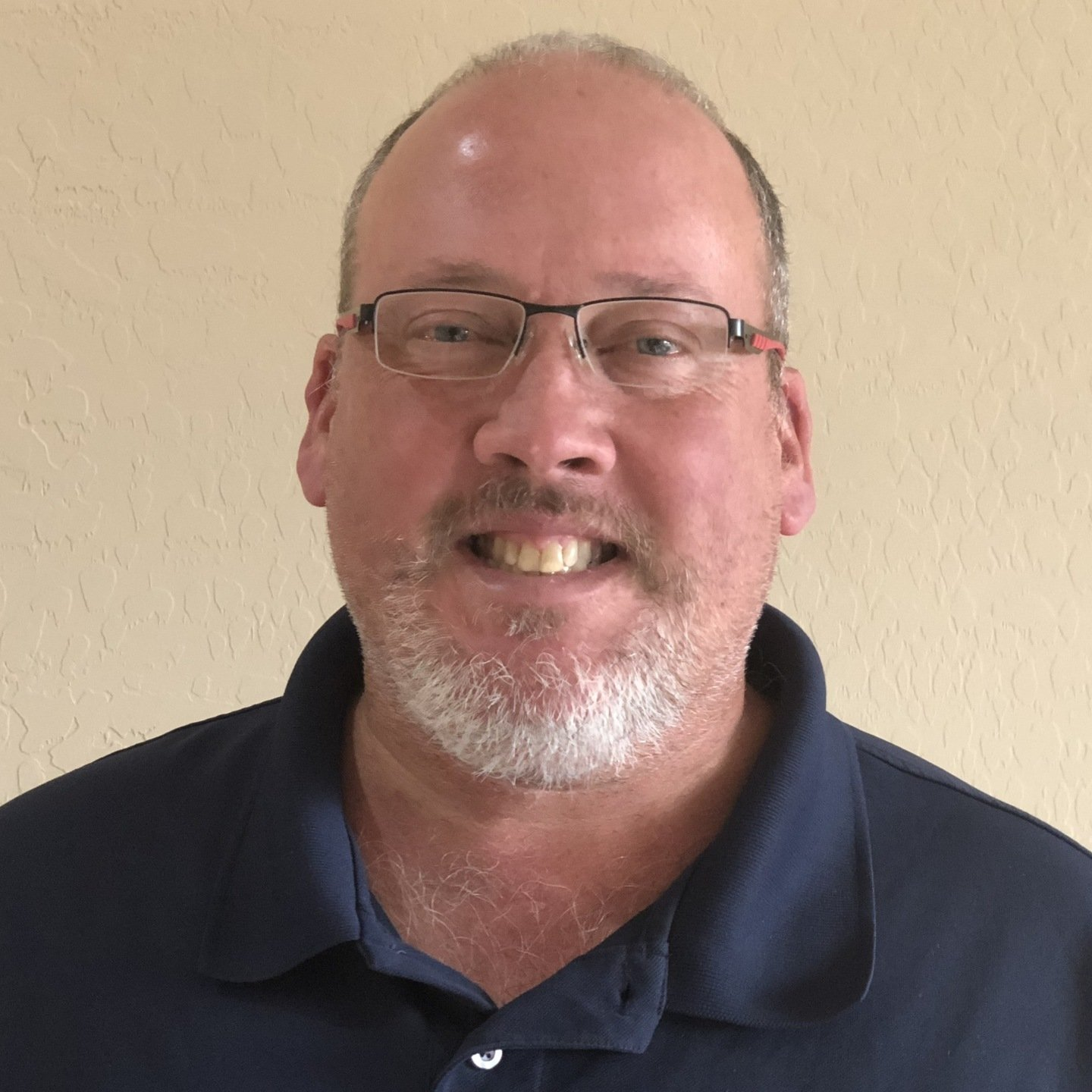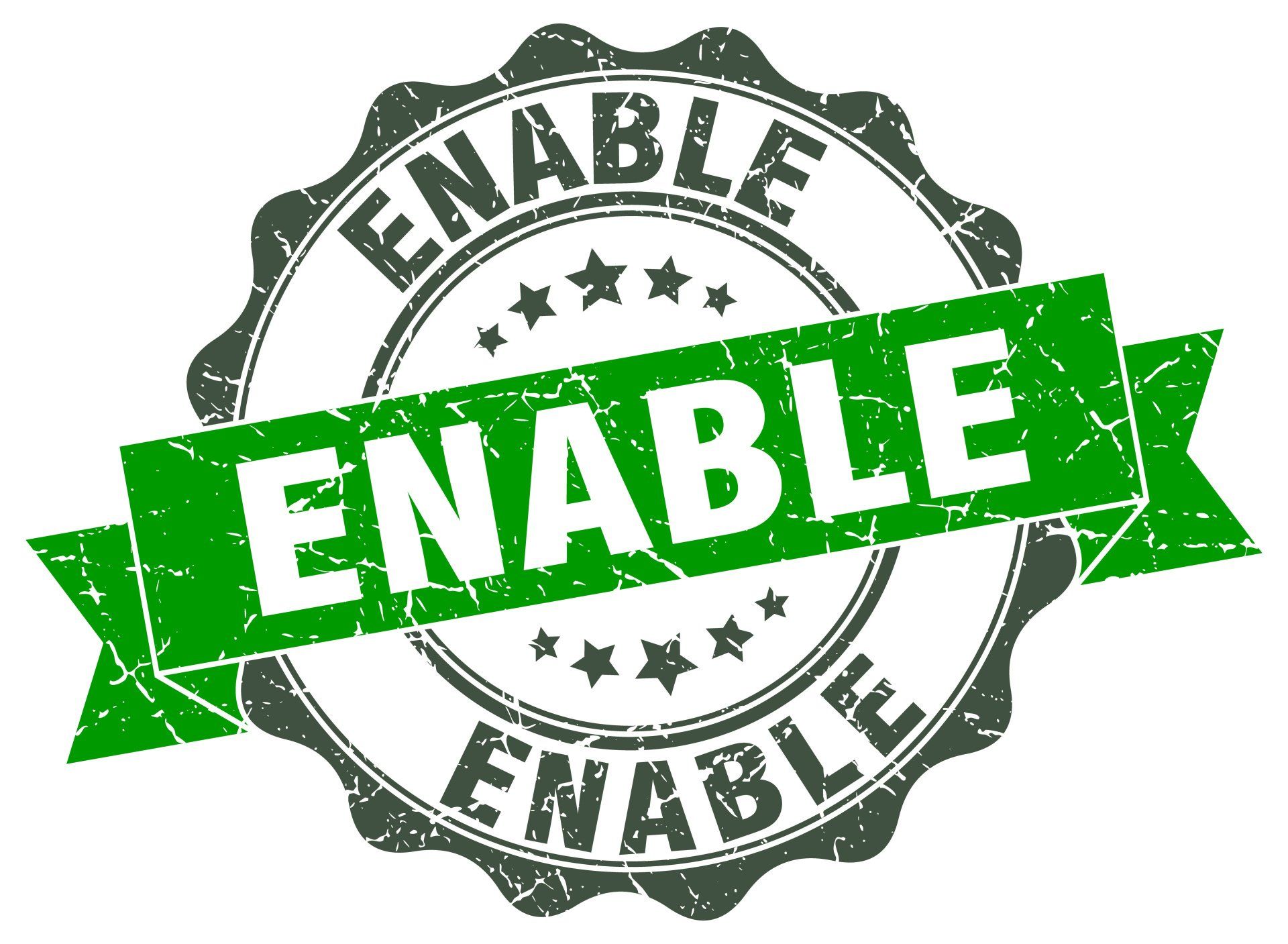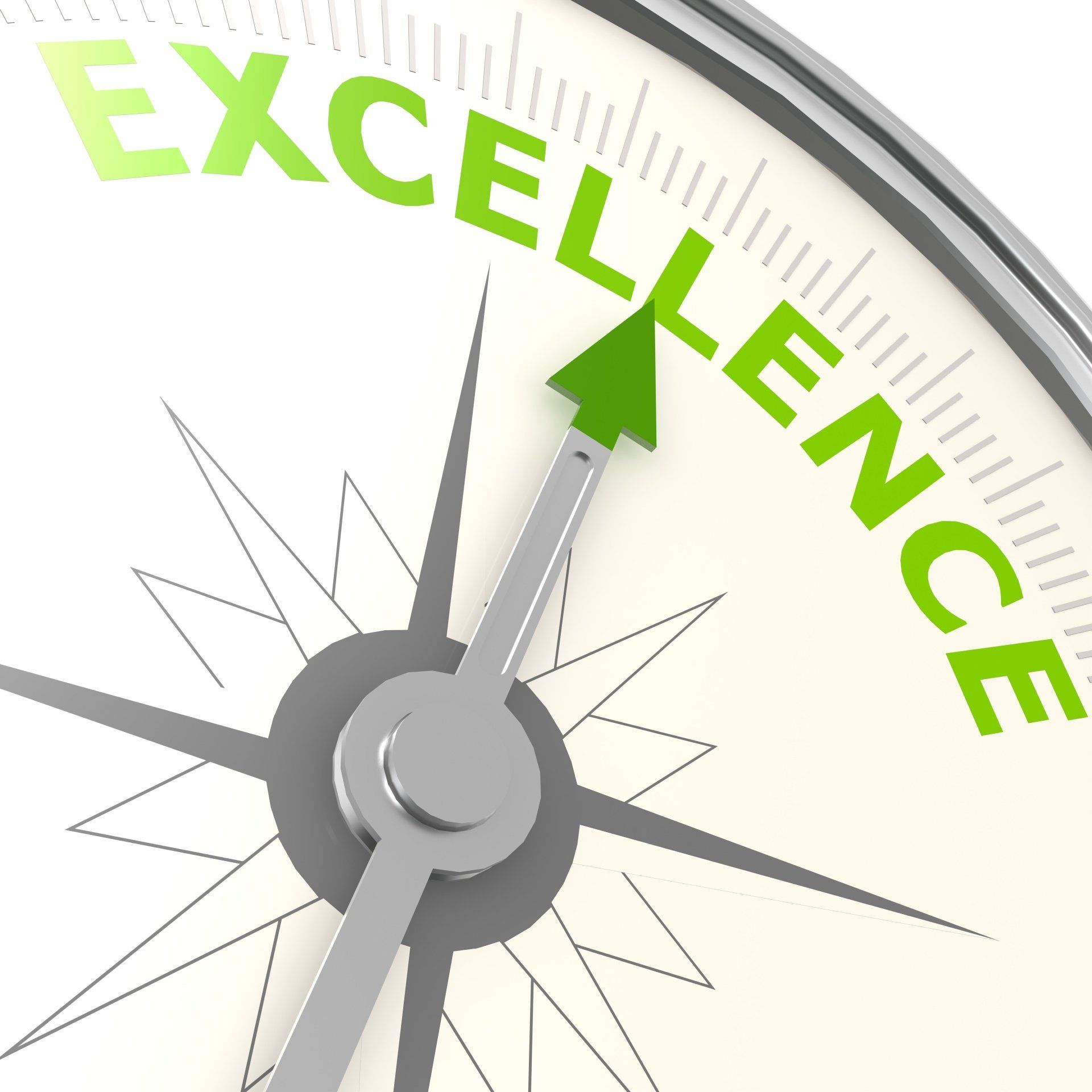Why I took the risk to bring a BI business model to life.
Nearly a decade ago, I made a hard decision to leave the company I loved to take a shot at starting my own business. Starting a successful company for the long hall has been one of my goals for as long as I can remember. I had no idea how, but the desire to find a product market fit, create a scalable sales machine, and build a company with motivated employees based on an excellent culture was my desired outcome.
I spent 13 years at Microsoft where I worked with some of the brightest people I have ever met. Passionate, driven, incredibly talented; working at Microsoft is an intense ride. I recently read a statistic I was not familiar with – the average tenure of a Microsoft employee is 1.81 years*. That seems crazy to me as all I wanted early in my career was to work at Microsoft. The idea of getting in and then leaving so quickly was not something I would have considered or imagined would be the norm.
I was primarily a channel guy at Microsoft and was always on the revenue production side of the business. I started out as a Business Development Manager working with the world’s largest web hosting companies way back in 1999 when they were new and growing like crazy. I moved from there to the communications sector and worked with the world’s largest telecommunications companies. It was interesting and tough work. In my mind these companies were all buying solutions that partners (ISV’s and SI’s) were creating since business decisions were made based on the solutions these companies created. I decided I wanted to make a bigger impact so moved to the sales operations side of our partner business and first focused on the largest global ISV’s.
My charter was to create a worldwide demand generation engine for industry centric ISV’s and make them successful by helping them sell their Microsoft platform-based solutions. This started as a WW demand generation engine but quickly evolved into an end to end sales engine that did propensity modeling (identifying white space for targeting sales efforts), identified and qualified leads, then engaged the partner sales team with a Microsoft sales team all the way through the sales process to win, close, and deploy. A long sentence but rightfully so. This was a lot of work but so incredibly rewarding.
Over time that partner sales engine generated hundreds of millions of dollars in partner led pipeline for Microsoft and resulted in closed net new revenue in the low hundreds of millions. It expanded from global ISV’s to the next lower tier of managed partners, then expanded across to the enterprise segment where we worked with the biggest Systems Integrator managed alliance partners that drive billions of dollars of business in the enterprise segment. The Corporate Vice President who ran the 32-billion-dollar enterprise business at the time had a scorecard he managed his WW business with called the Enterprise Accountability Framework (EAF).
The EAF was driven by 34 metrics that he operationalized the enterprise business by and 13 of those were partner led. The partner organization ran its business via a Managed Partner Reporting dashboard that tracked partner progress against those 13 partner-led enterprise metrics. The challenge we had is that each metric had 30 or more different variables, types, attributes and rules for the opportunity to be correctly entered and for it to flow through correctly to the managed partner reporting dashboard to show as red yellow or green.
The sales operations team used a document called the 'Getting To Green' document that outlined all of those way down in the weeds rules for the opportunities to accurately be accounted for. I always thought that would be a great name for a business. It's how G2G was really born.
That partner sales engine became a much bigger strategic asset when the economy tanked during the great crash in the 2009 and 2010 timeframe. If a sales priority could be aligned to an ISV or an SI, we were able to turn the engine on and get into market quickly and at super scale in order to get customers to renew their licensing agreements. The last initiative I worked on was landing a major sales effort through partners in 22 countries all within an 8-week period that spanned the holidays. The sales priority was clear, and we worked to identify the top two best fit partners in each of 22 countries where we landed and started selling. Massive scale in a very short time is the ultimate stress test and showed me where there are common issues in any company that has far flung sales organizations and is abstracted a layer from the partner channel. The people, processes, and tools of the sales organization require dependencies to drive a friction free sales operation. People are always changing or moving around, new tools are added to the arsenal with a goal to simplify but more often than not over complicate, and new processes are always being introduced. The tasks and activities that every field seller has to do are the bane of any sales organization’s existence. You can bet that making this happen in 22 countries all at the same time required terrific coordination and a well-defined framework for operations.
This is where G2G (Getting To Green) started to take form.
I saw an opportunity to greatly increase seller productivity and get sellers more time back by creating a team of professional and well trained business analysts who would focus on the issues inherent in any company around the three pillars of people, process and tools. We would represent continuity for any sales team that had people coming and going, we would represent tool mastery and expertise that would result in saved time. most importantly, we would be responsible for the tasks and activities that every seller is asked to accomplish but more often than not are taking them out of the field for more than half of their working hours.
I realize now that G2G was one of the early leaders of what people now call Business Intelligence (BI) and Revenue Intelligence (RI).
It occurred to me after several years of facing these headwinds as a WW channel seller at Microsoft, that this approach would resonate with any organization that shared the same business challenges. Our goal is to drive pipeline visibility, velocity, quantity and quality for our sales organization and every other sales organization will share the same commitment. My conclusion was this approach would fit any company that has data ( both legacy and new locked up in various places), an ever expanding arsenal of tools to try to make the process more efficient, seller turn over and or change, and inherent process based tasks and activities.
I was 13 years into my career at Microsoft and made the hardest decision of my life over a 3-month period; to leave and give this idea of a Revenue Intelligence company a fair shot. As we approach our first decade of operation, we continue to learn, evolve, get better, and most importantly, to continually grow and optimize our business partners as they see the effects of the right RI and BI partner with G2G.
* https://www.businessinsider.com/employee-retention-rate-top-tech-companies-2017-8





